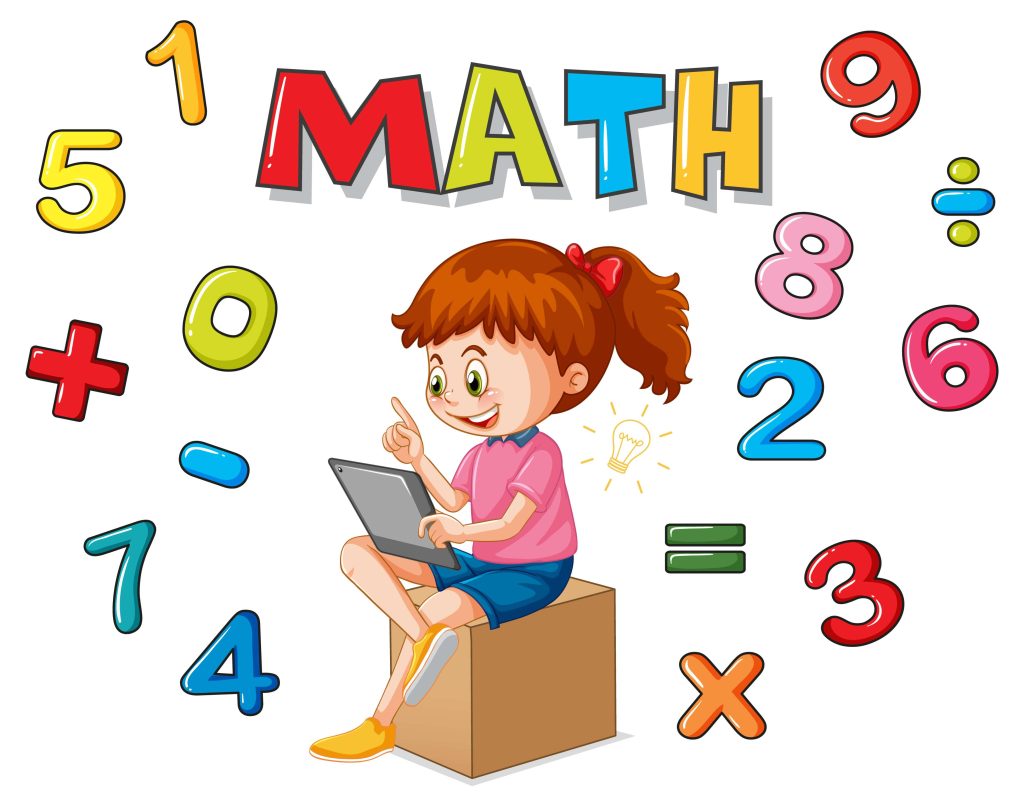Linear Algebra is the backbone of Data Science. Whether you are working with machine learning models, deep learning, or data manipulation, understanding Linear Algebra can make your journey much smoother. In this blog, we will break down key concepts of Linear Algebra in simple English and see how they are used in Data Science.
Why is Linear Algebra Important in Data Science?
Data in Data Science is often represented in the form of matrices and vectors. Linear Algebra helps in:
- Data Representation: Images, text, and tabular data can be represented as vectors and matrices.
- Transformations: Scaling, rotation, and other modifications to data are done using matrices.
- Machine Learning Algorithms: Many algorithms, like linear regression and principal component analysis (PCA), rely on Linear Algebra.
- Deep Learning: Neural networks use matrix multiplications extensively.
Now, let’s dive into some key Linear Algebra concepts.
1. Scalars, Vectors, and Matrices
Scalars
A scalar is a single number. Example: 5, -3, 0.5
Vectors
A vector is an ordered list of numbers. It represents a point in space. Example of a 3-dimensional vector:
V = [2, 3, 5]Vectors are used to represent features in a dataset.
Matrices
A matrix is a rectangular grid of numbers, arranged in rows and columns. Example of a 2×3 matrix:
M = [[1, 2, 3],
[4, 5, 6]]Matrices are widely used in machine learning models to store and process data.
2. Matrix Operations
Addition and Subtraction
If two matrices have the same dimensions, we can add or subtract them element-wise.
A = [[1, 2], B = [[4, 5],
[3, 4]] [6, 7]]
A + B = [[1+4, 2+5],
[3+6, 4+7]]
= [[5, 7],
[9, 11]]Matrix Multiplication
Matrix multiplication is used in deep learning and feature transformations. Example:
A = [[1, 2], B = [[5],
[3, 4]] [6]]
A × B = [[(1×5 + 2×6)],
[(3×5 + 4×6)]]
= [[17],
[39]]3. Eigenvalues and Eigenvectors
Eigenvalues and Eigenvectors help in reducing data dimensions (used in PCA for feature selection). If A is a matrix, an eigenvector v satisfies the equation:
A × v = λ × vwhere λ is the eigenvalue. This helps in finding important patterns in data.
4. Application in Data Science
- Linear Regression: Predicts a value using a linear equation. It is solved using matrix operations.
- Principal Component Analysis (PCA): Used for dimensionality reduction by keeping the most important features.
- Neural Networks: Matrix multiplication is at the heart of forward and backward propagation.
Conclusion
Linear Algebra is a must-know for anyone diving into Data Science. Understanding matrices, vectors, and their operations will help in working with algorithms and models efficiently. Keep practicing with real-world datasets and see how Linear Algebra plays a role in data manipulation and model building!
Happy Learning!
#Code
import numpy as np
import matplotlib.pyplot as plt
#VECTOR ADDITION
a = np.array([3,2])
b = np.array([4,6])
c = a + b
print(c)
#VECTOR SUBTRACTION
a = np.array([3,2])
b = np.array([4,6])
c = a - b
print(c)
#VECTOR DOT PRODUCT
a = np.array([3,2])
b = np.array([4,6])
c = np.dot(a,b)
print(c)
#VECTOR CROSS PRODUCT
a = np.array([3,2,9])
b = np.array([4,6,8])
c = np.cross(a,b)
print(c)
#MATRIX ADDITION
mat_1 = np.random.randint(10,size=(3,3))
print(mat_1)
mat_2 = np.random.randint(20,size=(3,3))
print(mat_2)
mat_add = np.add(mat_1,mat_2)
print(mat_add)
#MATRIX SUBTRACTION
mat_1 = np.random.randint(10,size=(3,3))
print(mat_1)
mat_2 = np.random.randint(20,size=(3,3))
print(mat_2)
mat_sub = np.subtract(mat_1,mat_2)
print(mat_sub)
#MATRIX SCALAR MULTIPLICATION
scalar = 5
mat_1 = np.random.randint(10,size=(3,3))
print(mat_1)
mat_scalar_mul = np.multiply(scalar,mat_1)
print(mat_scalar_mul)
#MATRIX MULTIPLICATION
mat_1 = np.random.randint(10,size=(3,3))
print(mat_1)
mat_2 = np.random.randint(20,size=(3,3))
print(mat_2)
mat_mul = np.dot(mat_1,mat_2)
print(mat_mul)



